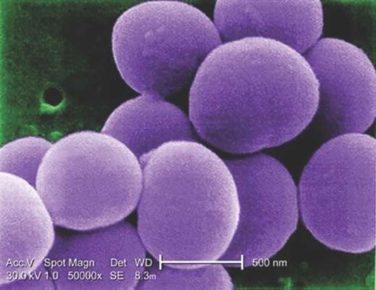FROM THE NEW ENGLAND JOURNAL OF MEDICINE
The abuse of prescription opioids plateaued and began to decline in recent years, after its alarming rise to epidemic levels in 2002-2010, according to a report published online Jan. 15 in the New England Journal of Medicine.
Hundreds of programs have been implemented by local, state, and federal governments to limit opioid prescribing, reduce doctor shopping, improve questionable practices by pain clinics, and close “pill mills.” Other organizations also have taken steps to stem the epidemic, such as formulating guidelines for responsible opioid prescribing, and new opioid formulations have been devised to resist tampering. “The impressive response to the epidemic is heartening, but the effect of these programs is not yet known,” wrote Dr. Richard C. Dart of the Rocky Mountain Poison and Drug Center, Denver, and his associates (N. Engl. J. Med. 2015 Jan. 15 [ doi:10.1056/NEJM.sa1406143 ]).
To assess such effects, the investigators analyzed data from five programs in the Researched Abuse, Diversion, and Addiction-Related Surveillance ( RADARS ) database for the years 2002 through 2013. One program tracked cases reported to poison control centers that were classified as intentional abuse, another tracked investigations into prescription-drug diversion by law enforcement agencies, two more surveyed new patients entering substance abuse treatment about their recent drug use, and the fifth compiled college students’ anonymous reporting of their recent use of prescription drugs. The investigators focused on data regarding oxycodone, hydrocodone, hydromorphone, fentanyl, morphine, and tramadol.
According to all five RADARS measures, opioid abuse continued to greatly increase through 2010 but then plateaued and began to decline in 2011-2013. The rate of opioid-related deaths paralleled this pattern, rising precipitously through 2010 but then flattening and falling off in 2011-2013.
“Our results suggest that the United States is making progress in combating the abuse of prescription opioid analgesics. If our observation of decreased abuse is confirmed, changes in public health policy and strategy will be needed” Dr. Dart and his associates wrote.
This study was supported by the Denver Health and Hospital Authority, which owns the RADARS system. Dr. Dart and his associates reported having no relevant financial disclosures.




